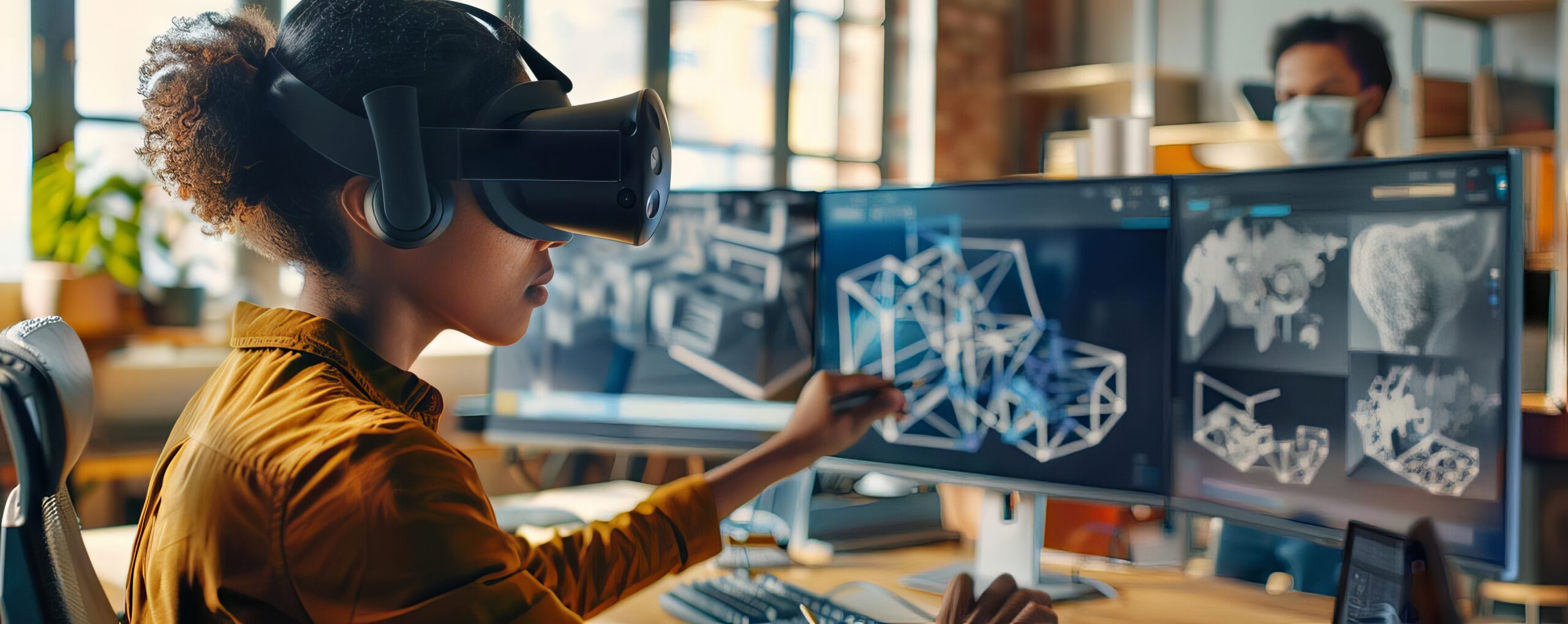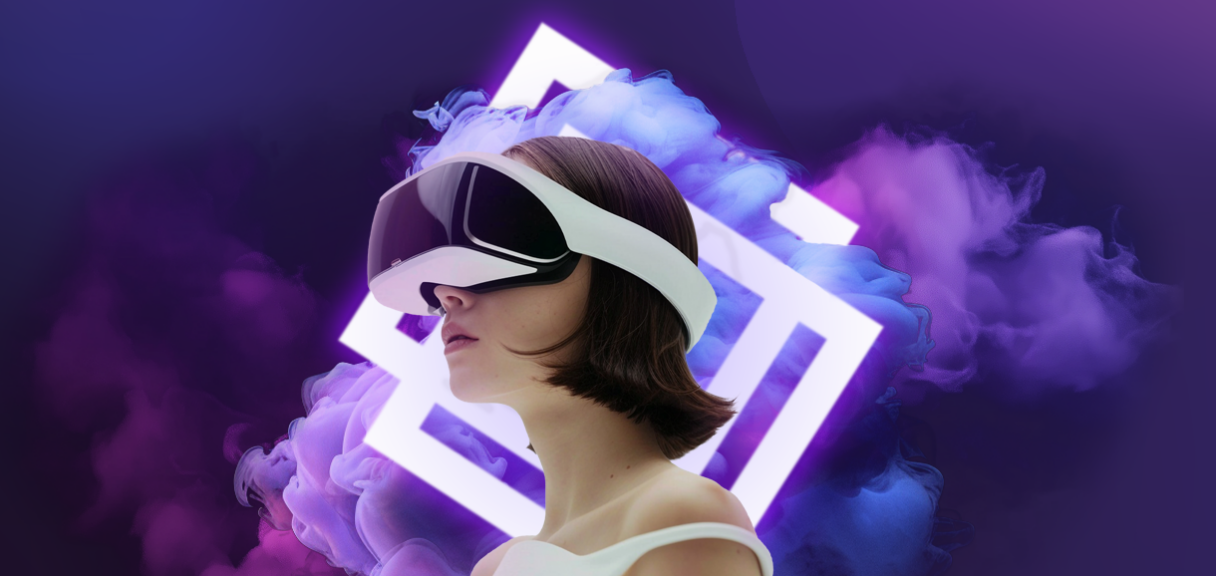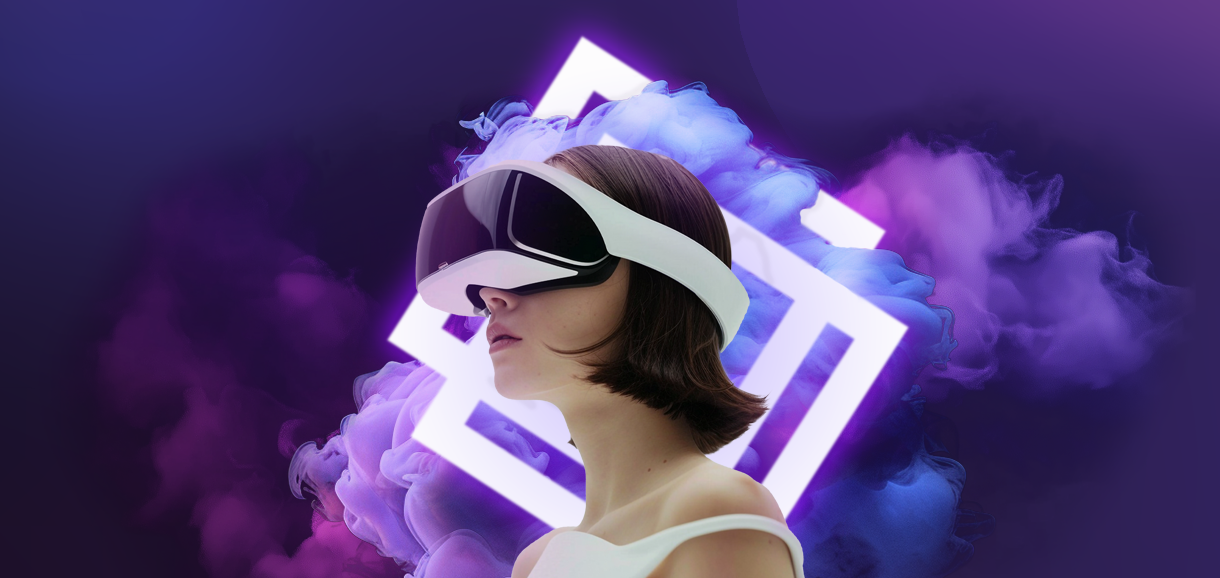Extended Reality (XR) encompasses a spectrum of immersive technologies, from Virtual Reality (VR) to Augmented Reality (AR) and Mixed Reality (MR). These tools are redefining how teams train, collaborate and operate in high-stakes environments where precision, timing and coordination are critical. Whether supporting maintenance technicians or assisting pilots in mission scenarios, XR offers a dynamic and scalable response to growing operational challenges.

Contextual learning without physical constraints
One of XR’s major benefits lies in its ability to simulate real-world environments without the need for physical resources or exposing personnel to risk. By reproducing complex equipment and scenarios virtually, operators can train repeatedly and autonomously, develop familiarity with procedures, and test alternative approaches without consequence.
Such immersive training enhances memory retention and accelerates skill acquisition. It also encourages collaborative learning, enabling multiple users to interact with a shared virtual system, exchange insights, and explore operational strategies together. As a result, training becomes more accessible and cost-effective, while maintaining high technical standards.
Training for uncertainty, building resilience
Mission success often depends on how teams respond to uncertainty. XR makes it possible to design dynamic scenarios that include unexpected events, stress factors, and operational disruptions. These scenarios can simulate rare or high-pressure situations, enabling teams to practice reflexes, test procedures, and identify areas of weakness in real time.
When coupled with AI, these simulations can create tailored challenges to user responses and build personalized learning paths. This promotes operational autonomy, reinforces decision-making agility, and enhances the capacity to handle complexity under pressure.

Supporting decision-making in real time
Immersive technologies also play a growing role in real-time operations. Augmented and mixed reality can overlay critical information directly into the user’s field of view—checklists, alerts, telemetry, and system data—providing context-sensitive guidance without distraction. This real-time support enhances mission safety, particularly in environments where focus and situational awareness are of paramount importance.
By streamlining access to relevant data and minimizing cognitive load, immersive interfaces contribute to better coordination, faster response, and clearer command structures.
Engineering immersive solutions with purpose
Deploying XR in critical operations requires a systemic approach that combines technical excellence with operational understanding. From secure architectures to hardware integration and user-centric design, every element must align with the mission’s objectives and constraints.
Effective XR solutions result from interdisciplinary collaboration, blending software engineering, 3D modelling, instructional design and domain knowledge. The true value lies not just in deploying immersive technology, but in tailoring it to enhance performance, safety, and decision-making in high-stakes contexts.
Scalian will share its expertise in immersive technologies at the 55th International Paris Air Show – Le Bourget 2025. Come and meet us to find out more!


